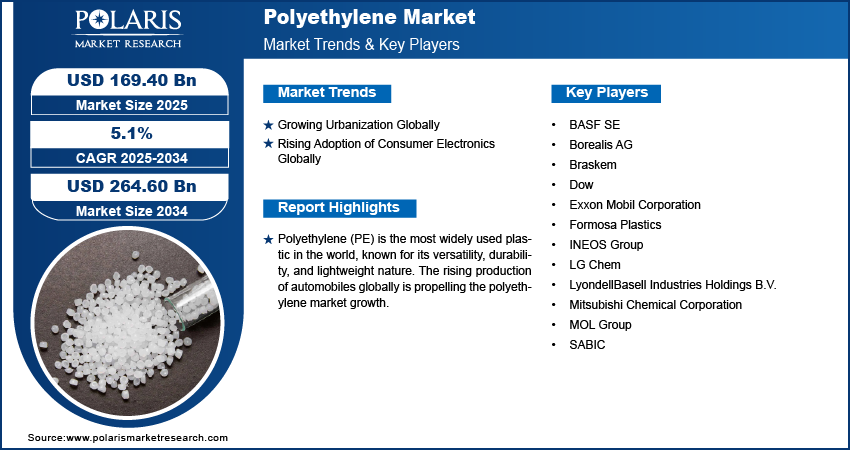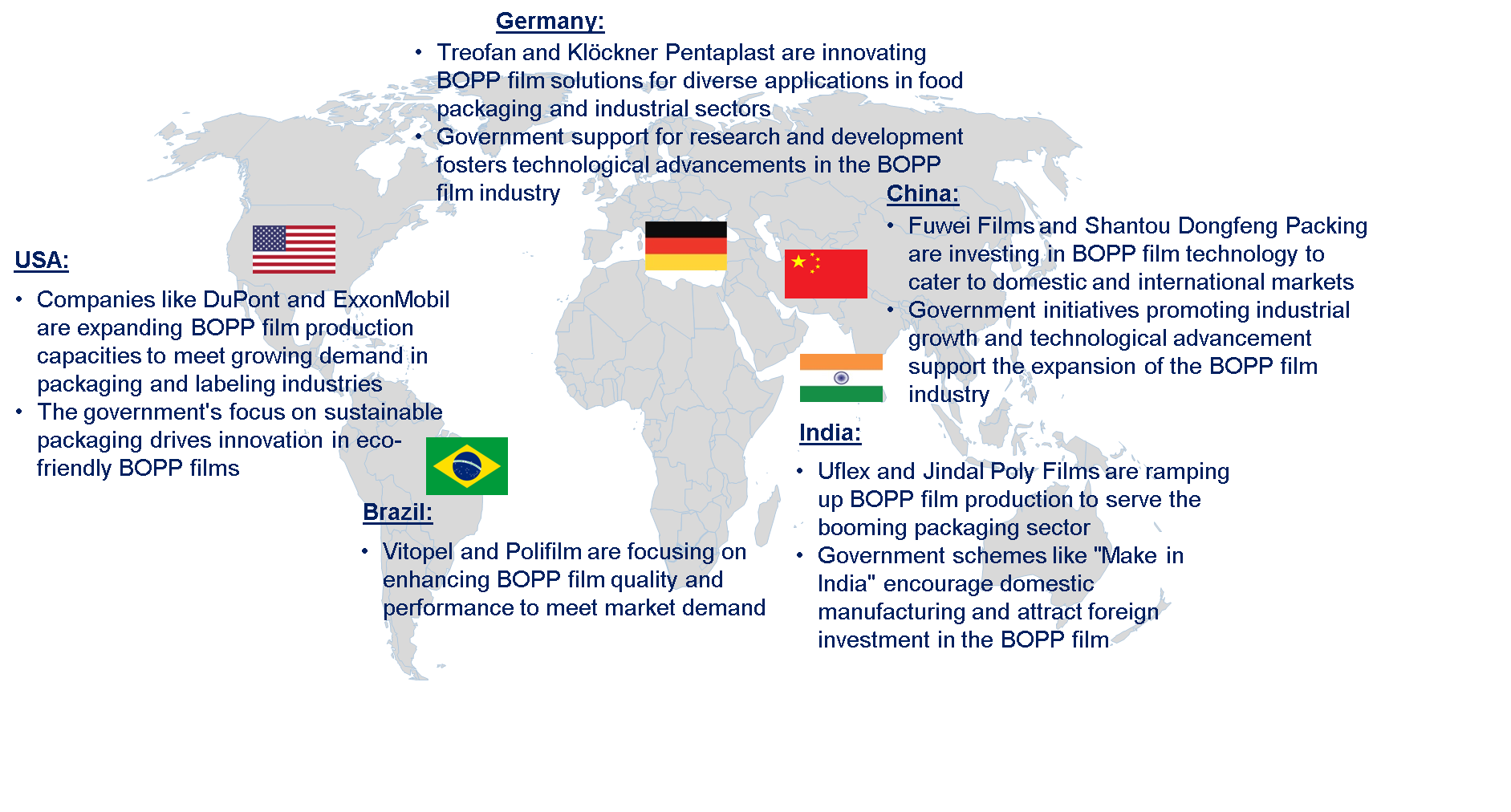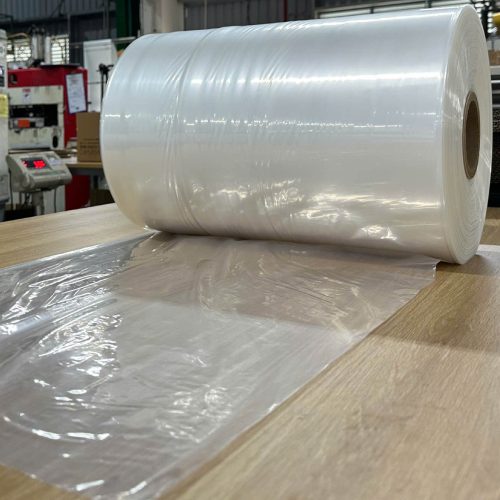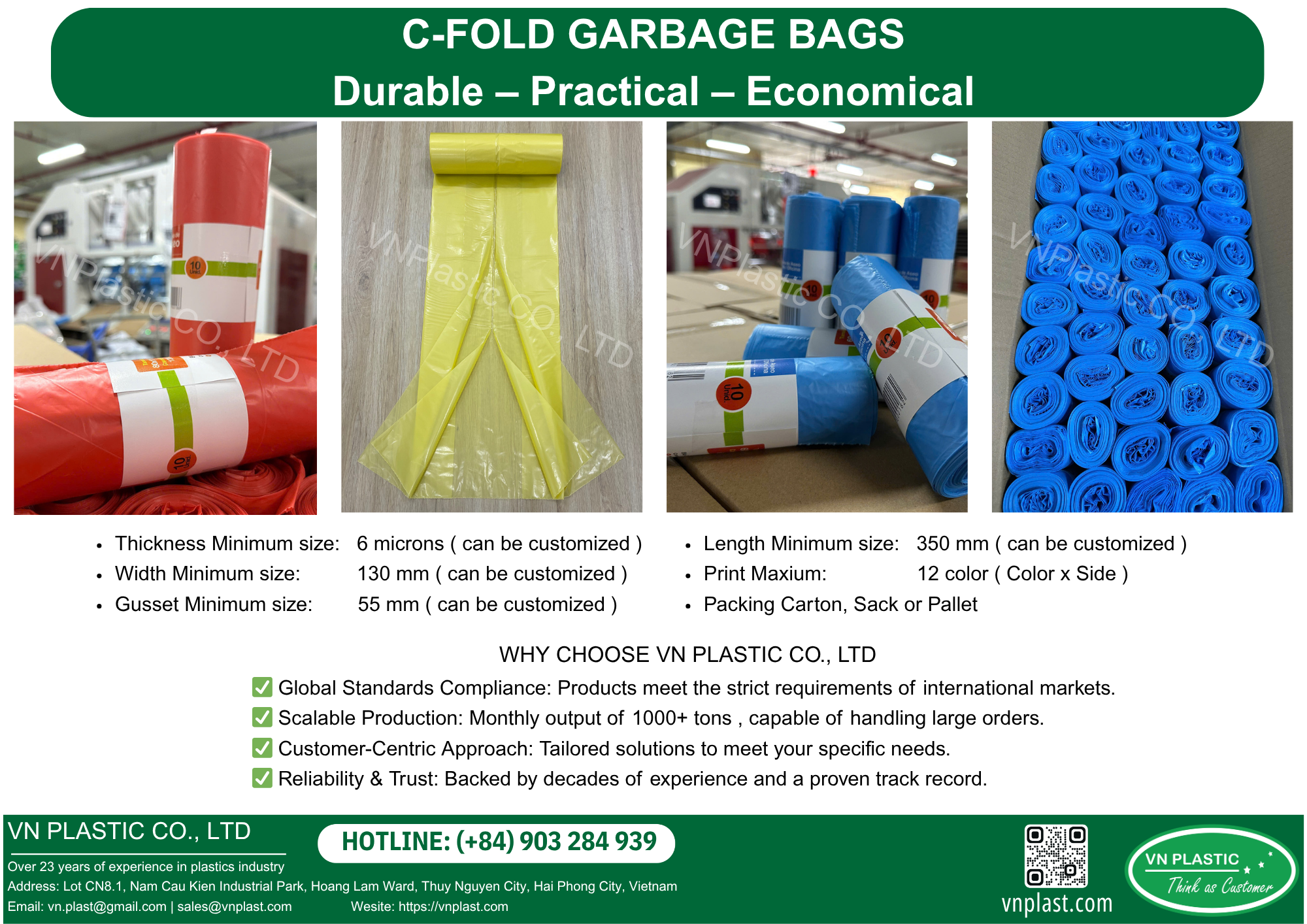In a recent report published by IndexBox, the global market for non-cellular polyethylene films, sheets, foil, and strips is poised for steady growth in the coming years. In 2024, the market is projected to consume around 35 million tons of these materials, with a market value estimated at $103.1 billion. Forecasts suggest a compound annual growth rate (CAGR) of 1.3% in volume, reaching 41 million tons by 2035, and a CAGR of 2.4% in value, scaling up to $133.8 billion by the end of the same year.
Key Findings of the Analysis

The report brings to light several important findings regarding the current state and future outlook of the non-cellular polyethylene market:
- The market volume is expected to grow at a CAGR of 1.3%, potentially reaching 41 million tons by 2035.
- Market value is anticipated to rise at a CAGR of 2.4%, reaching an estimated $133.8 billion by 2035.
- China leads as the largest consumer and producer, accounting for 24% and 26% of global total consumption and production, respectively.
- India showed the most significant growth in imports by both volume and value over the last decade.
- Alongside a slight decline in average import and export prices—$2,942 per ton and $2,981 per ton respectively in 2024—the overall demand indicates a robust future trajectory.
Current Market Performance

Global Consumption Trends
The consumption of non-cellular polyethylene materials worldwide held steady at approximately 35 million tons in 2024, mirroring the previous year’s figures. This represents a consistent increase over the past decade, with an annual growth rate of 1.4% from 2013 to 2024. The most substantial growth occurred in 2017, with a notable 7.7% rise. Global consumption peaked at 37 million tons in 2022 but saw a plateau in growth between 2023 and 2024.
In value terms, the market declined slightly to $103.1 billion in 2024, representing a 3% decrease compared to the previous year. This figure reflects revenues from producers and importers, not accounting for logistics and retail costs. The market value, however, still grew at an average annual rate of 1.0% from 2013 to 2024, with 2022 marking the highest level of $119.5 billion.
Consumption Breakdown by Country
China remains the largest consumer of non-cellular polyethylene materials, consuming 8.3 million tons, which accounts for 24% of global consumption. The United States follows with 4.1 million tons, while India consumes 3.5 million tons, making it the third-largest consumer.
China’s consumption has expanded at an annual growth rate of 1.7% from 2013 to 2024. In comparison, the United States saw a 0.8% increase per year, while India recorded the highest growth rate among these countries at 1.8%. In terms of economic value, China generated $23 billion, the United States $17.7 billion, and India $8.4 billion in 2024, together representing 48% of the global market share. Canada led in terms of growth rate, with a CAGR of 7.1%.
The countries with the highest per capita consumption of non-cellular polyethylene materials in 2024 were Canada (16 kg per person), followed by the U.S. (12 kg) and France (11 kg).
Production Metrics

Overall Production Outlook
In line with consumption, the global production of non-cellular polyethylene films also stagnated at approximately 35 million tons in 2024. This remained consistent with figures from 2023. Over the last decade, the average annual growth rate was noted at 1.3%, with a peak production volume of 38 million tons reached in 2022.
In terms of value, production shrank slightly to approximately $103.3 billion in 2024, displaying a flat growth trend overall, with notable peaks in production value hitting $121.4 billion in 2022.
Leading Countries in Production
China continues to dominate production, contributing 9.4 million tons, which represents 26% of the global output. The United States and India followed, with production volumes of 3.9 million tons and 3.3 million tons, respectively. China’s production growth rate was notable at 2.6% over the period from 2013 to 2024.
Import and Export Dynamics
Imports Overview
In 2024, global imports of non-cellular polyethylene films reached 6.5 million tons, experiencing growth of 5.6% compared to 2023. Over the past decade, the average import growth rate was 3.6%, with significant increases noted in 2016 at 9.7%. The value of imports rose to $19.2 billion in 2024, maintaining a steady growth rate of 2.6% annually from 2013 to 2024, yet reflecting fluctuations in previous years.
Major Importing Countries
The United States led imports with 656,000 tons, followed by Germany (418,000 tons) and France (352,000 tons), accounting for 22% of total imports. Additional importers such as the Netherlands, India, and Italy contributed to a further 24% of total import figures. India displayed remarkable growth, with a CAGR of 20.8% over the review period.
Export Overview
After two consecutive years of decline, global exports showed significant growth in 2024, increasing to 6.7 million tons—a rise of 5.5%. The total export volume has maintained an average annual growth rate of 3.3% since 2013, with a peak of 6.8 million tons reached in 2021.
From a value perspective, non-cellular polyethylene film exports reached $20 billion in 2024. Although this reflects an increase over the reviewed decade (2.7% CAGR), it marked a decline from previous peaks in 2022.
Leading Exporting Countries
China (1.2 million tons) remains the foremost exporter, joined by Germany (618,000 tons) and the United States (377,000 tons), which collectively account for 47% of global exports. China’s export growth rate over the past decade stands out with a CAGR of 12%.
Average Import and Export Prices
The average import price per ton for non-cellular polyethylene films decreased slightly to $2,942 in 2024, a 3% drop from 2023. Meanwhile, the average export price recorded in 2024 was $2,981 per ton, also reflecting a reduction of 4.4% year-on-year.
There exist considerable price disparities among exporting nations. The United States reported the highest average export price at $4,311 per ton, while Malaysia had the lowest at $1,719 per ton.
In summary, the non-cellular polyethylene materials market is set for gradual growth as demand rises globally, particularly in leading consumer nations like China, the U.S., and India.




